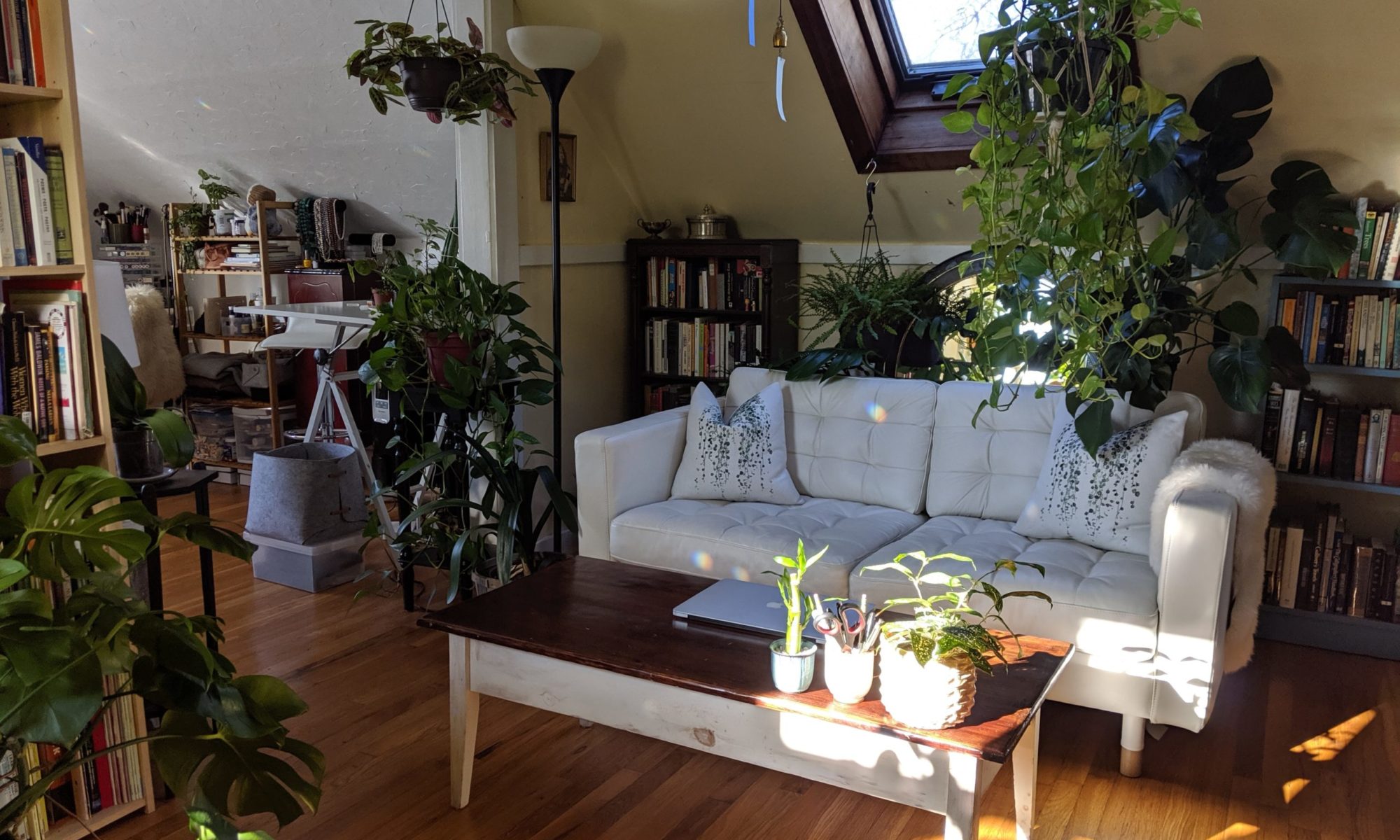These accessories from Monday’s post look so good without me.
It struck me that this is how I usually see my accessories and clothes (and pretty much everything I own): isolated, out of the context of an ensemble, waiting to be used rather than in use.
The thoughts then meandered like so:
Even or especially when in use, I often can’t see things I’m wearing. Necklaces and earrings, invisible, only noted in the mirror periodically. And clothes…I don’t actually see what I’m wearing once I’m past the initial putting-on. I feel them, I know them, but I don’t really see them (except, in my case, later sometimes, in photos). Rings and watches, bracelets, maybe…but I’m not typically looking at them, or paying attention to them. They, along with everything else, are temporarily assimilated into the body, and I forget about them until they get in my way, somehow, or until someone else comments on them.
Masses* of objects waiting for a purpose, to be put to use. Even in an Iris Apfel mood (here’s a great conversation with her), I can only wear so many things at once. This ties into my interest in displaying the dormant objects. I want to wear them, sure, I want to be the kind of person who would and does wear them, but also I want to see them. And in a way I can only see them when I’m not wearing them. And in a way, the pleasure of wearing them is due in no small part to the appreciation developed over extended not-wearing of them, during which they became familiar in a manner that is entirely distinct from the familiarity established in the wearing (which has its own potentially powerful appeal).
*Of course I have too many objects, despite always culling, always curating.
Thinking about dressing (clothes or accessories, makeup, etc) as an act of decoration, whether careful or careless. Thinking about a closet as a jumble of decor options, as a store might have a box of candles, ribbon, flowers, standing by. Thinking how odd for our culture to elevate (increasingly, it seems) that box alone, without the store or the window display or any application whatsoever. It’s almost preferable, the objects in the absence of any application, in a pure state of being. A shoe without a foot.
[Amassing metaphors is a pleasant activity. Let me know if you have any good ones.]
I get it, though. I often like objects for themselves alone, and don’t even intend to wear them much at the time of purchase. How could I, when there are so many others rotating in, competing for air time. But I rationalize: the wearing is to be stretched out over some decades (’tis a sound bargain!). This is an extremely careful and discerning kind of consumerism, but still a flagrant one. There is something a little monstrous about it.


